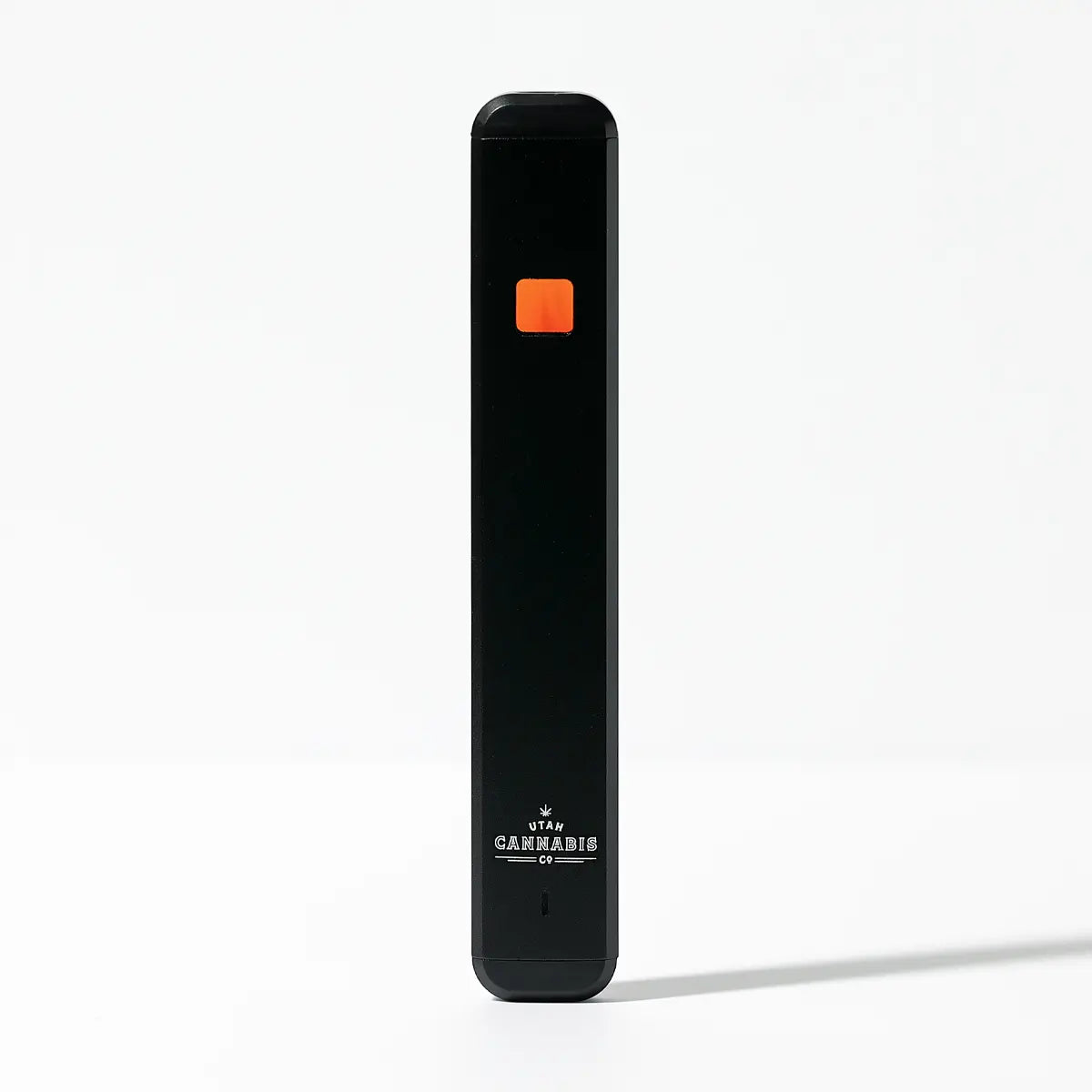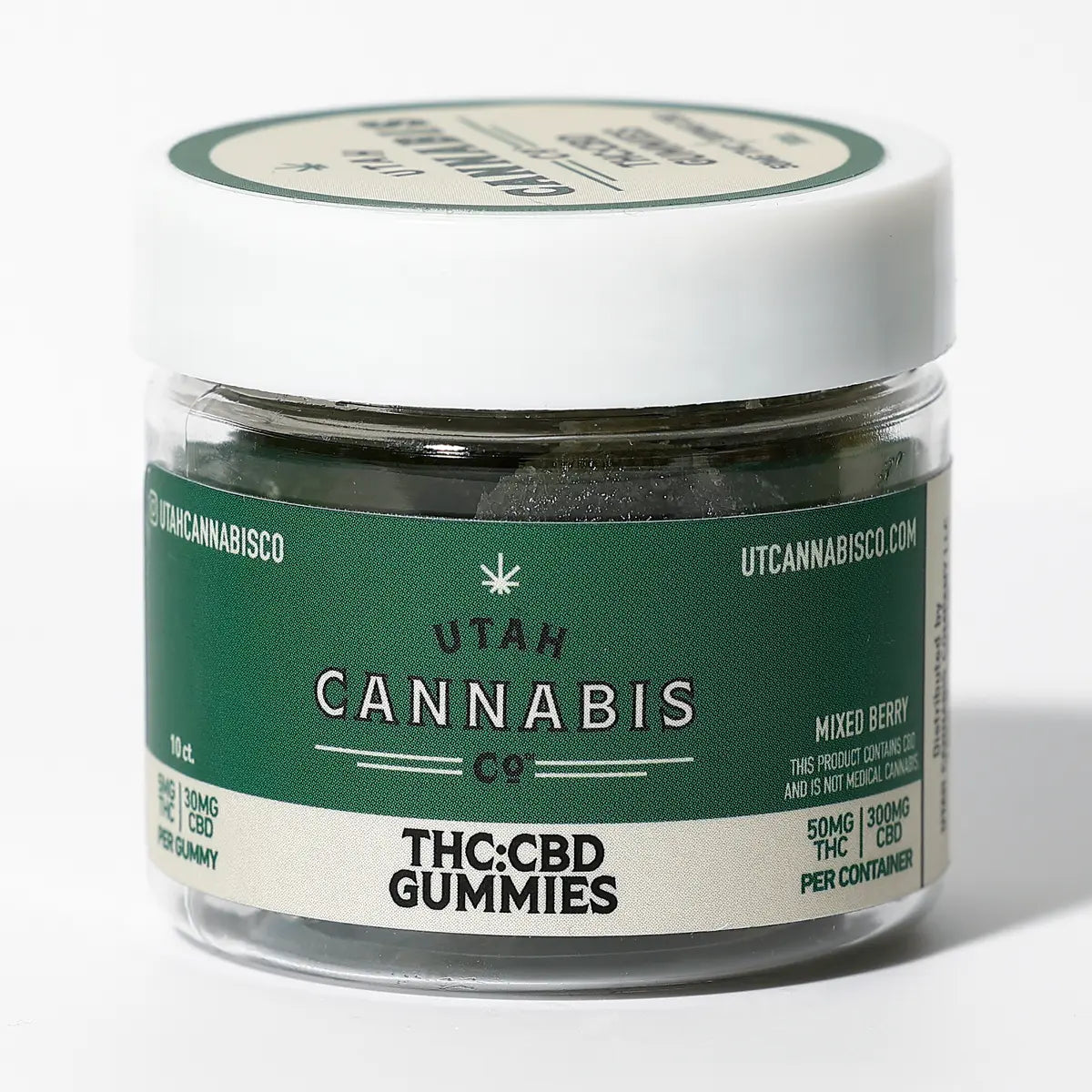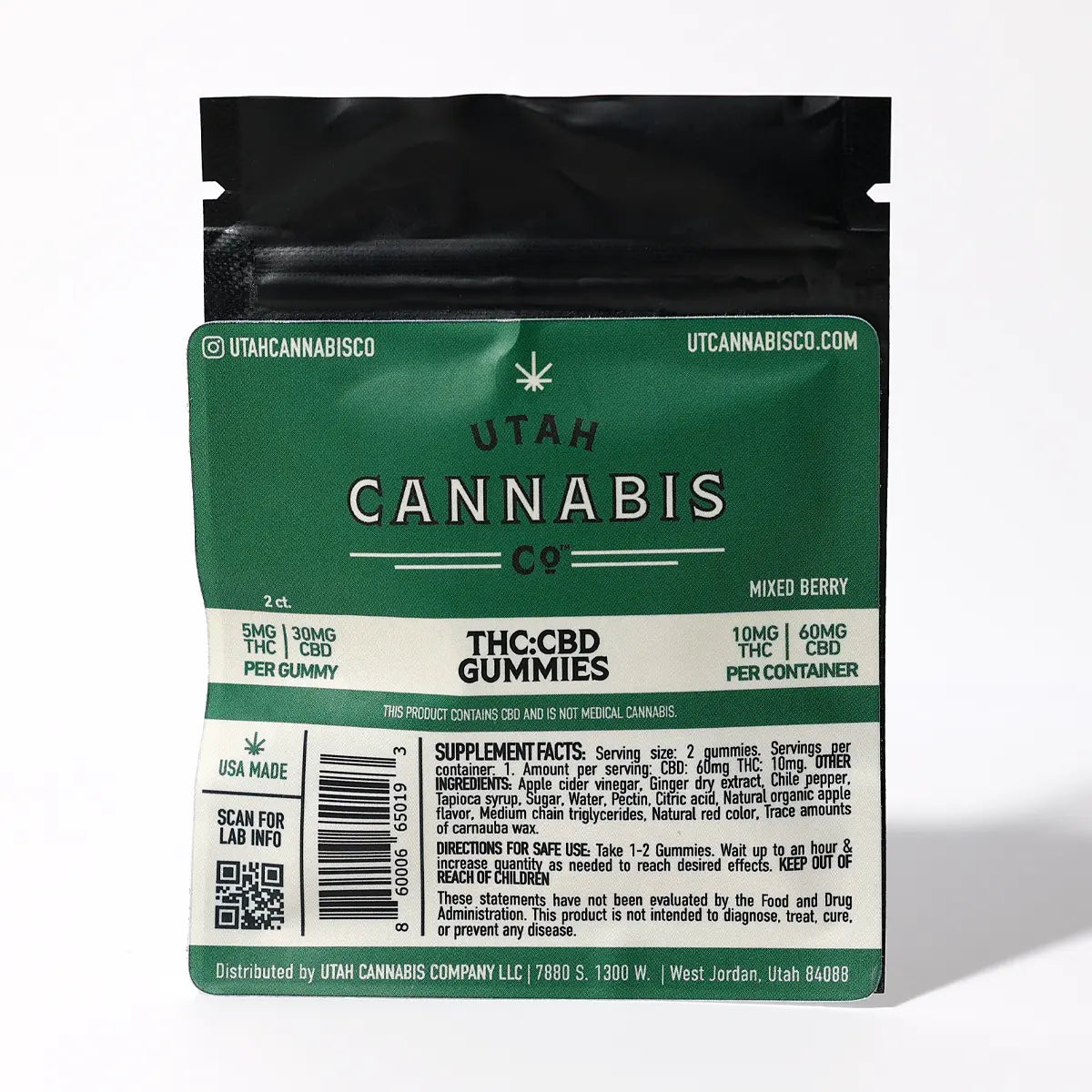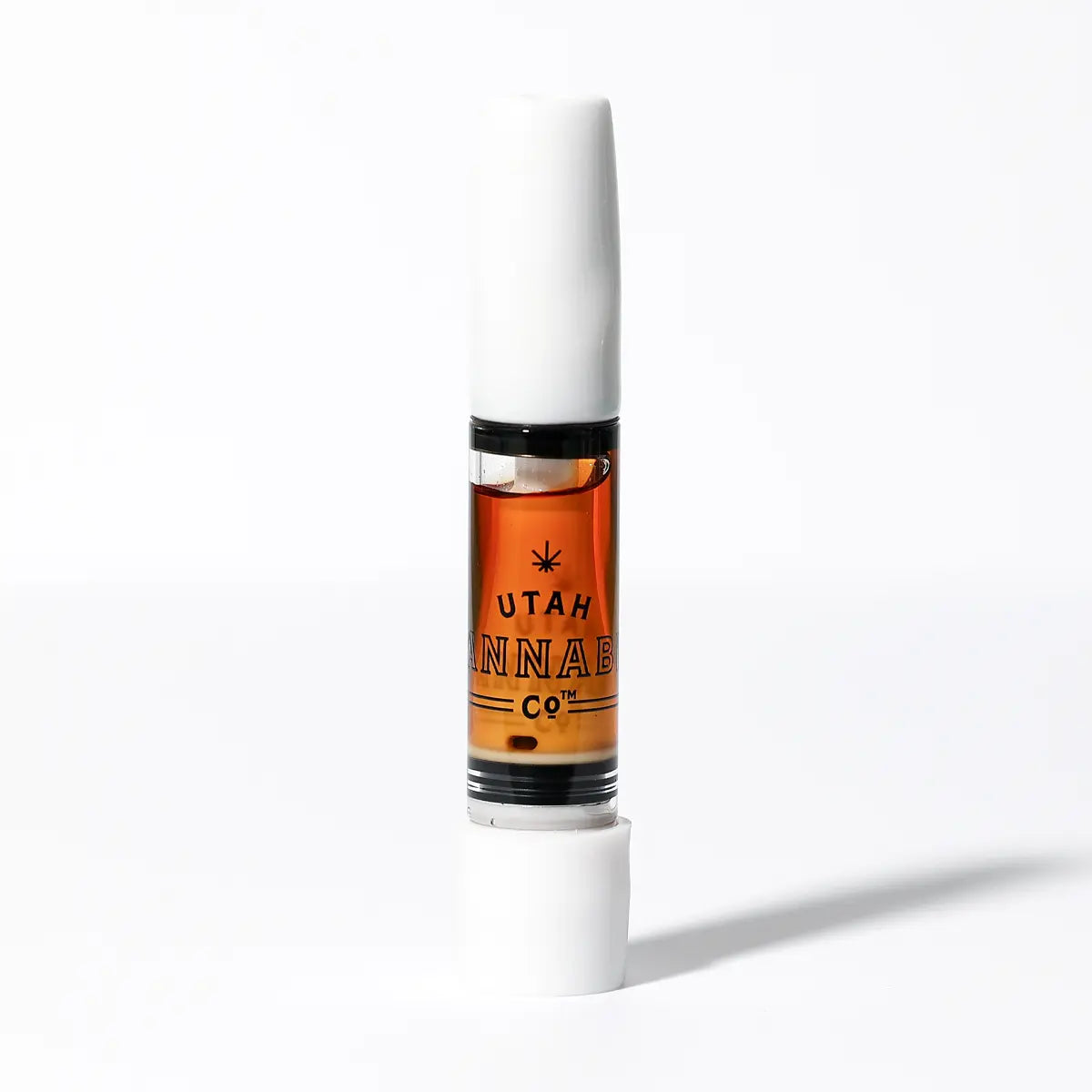
Quality You Can Count On
Enjoy the benefits of cannabis with our safe, premium products—made by hand and with love in the heart of Utah.
SHOP BY CATEGORY
VIEW ALLLOCAL CBD FAVORITES
VIEW ALLCannabis in Utah
Medical cannabis became legal in Utah in 2018 as part of the Utah Medical Cannabis Act. The Farm Bill that passed the same year also made CBD legal to purchase, sell and consume in Utah—but there are a few caveats:
- Legal CBD must be sourced from "industrial hemp"—hemp that contains less than 0.3% THC.
- The final product must also contain less than 0.3% THC, even after the concentration that takes place during the production process.
- All of Utah Cannabis Company's products are lab tested and legal at the federal and state levels.
The laws and regulations around cannabis in Utah are continuously evolving—and we’re staying on top of each new development so you can keep getting the products you love. Join us and stay up to date.













